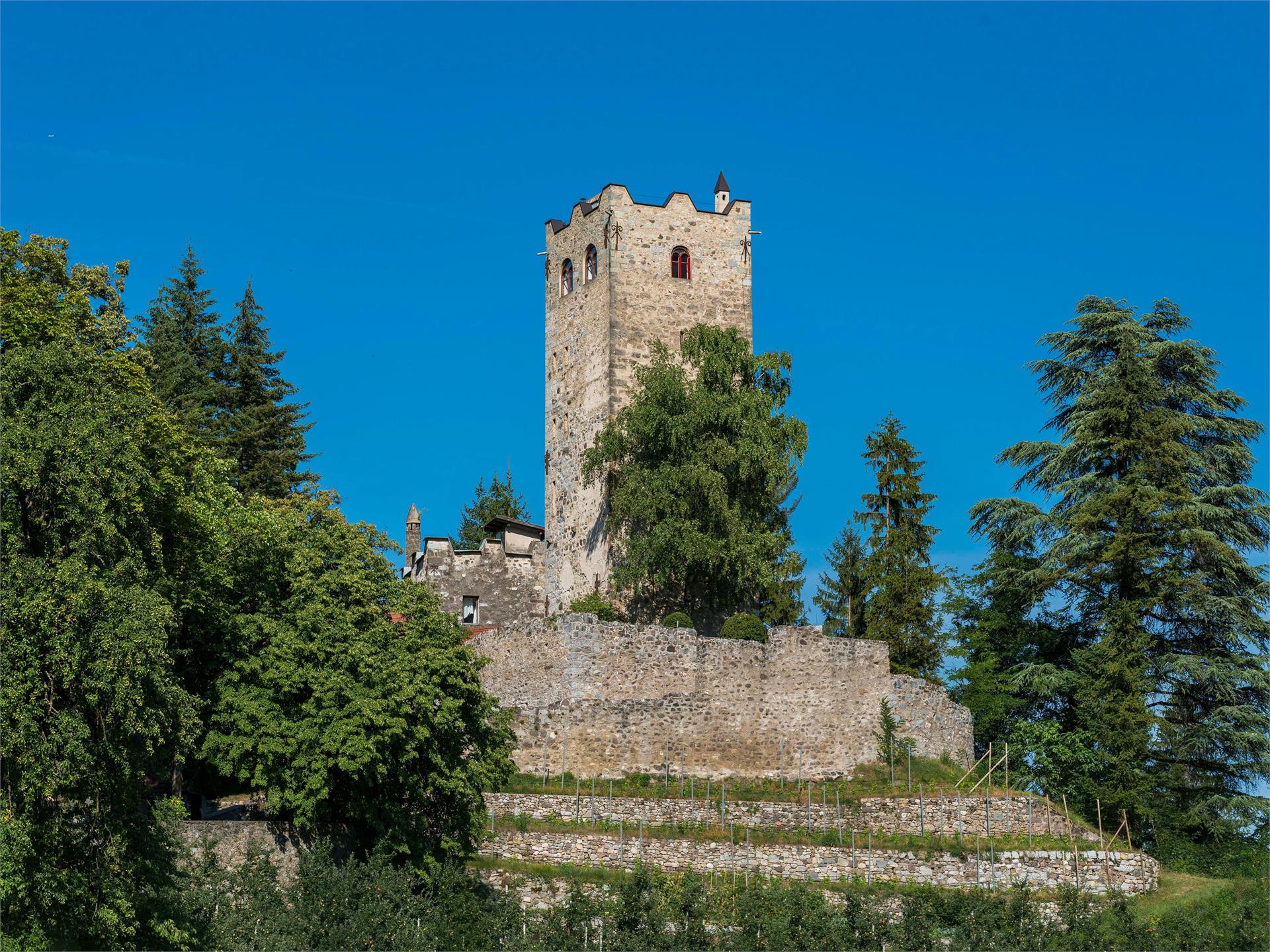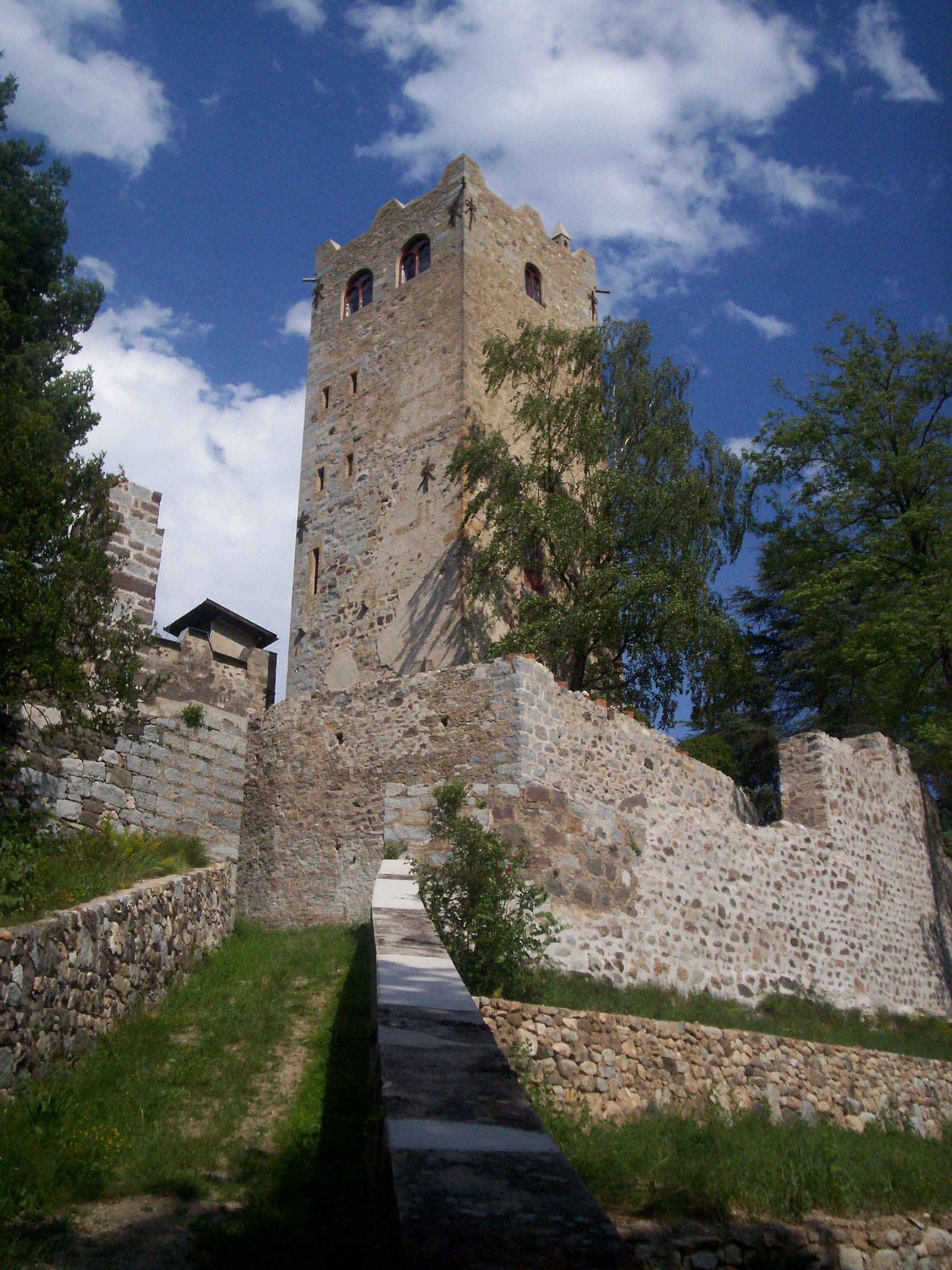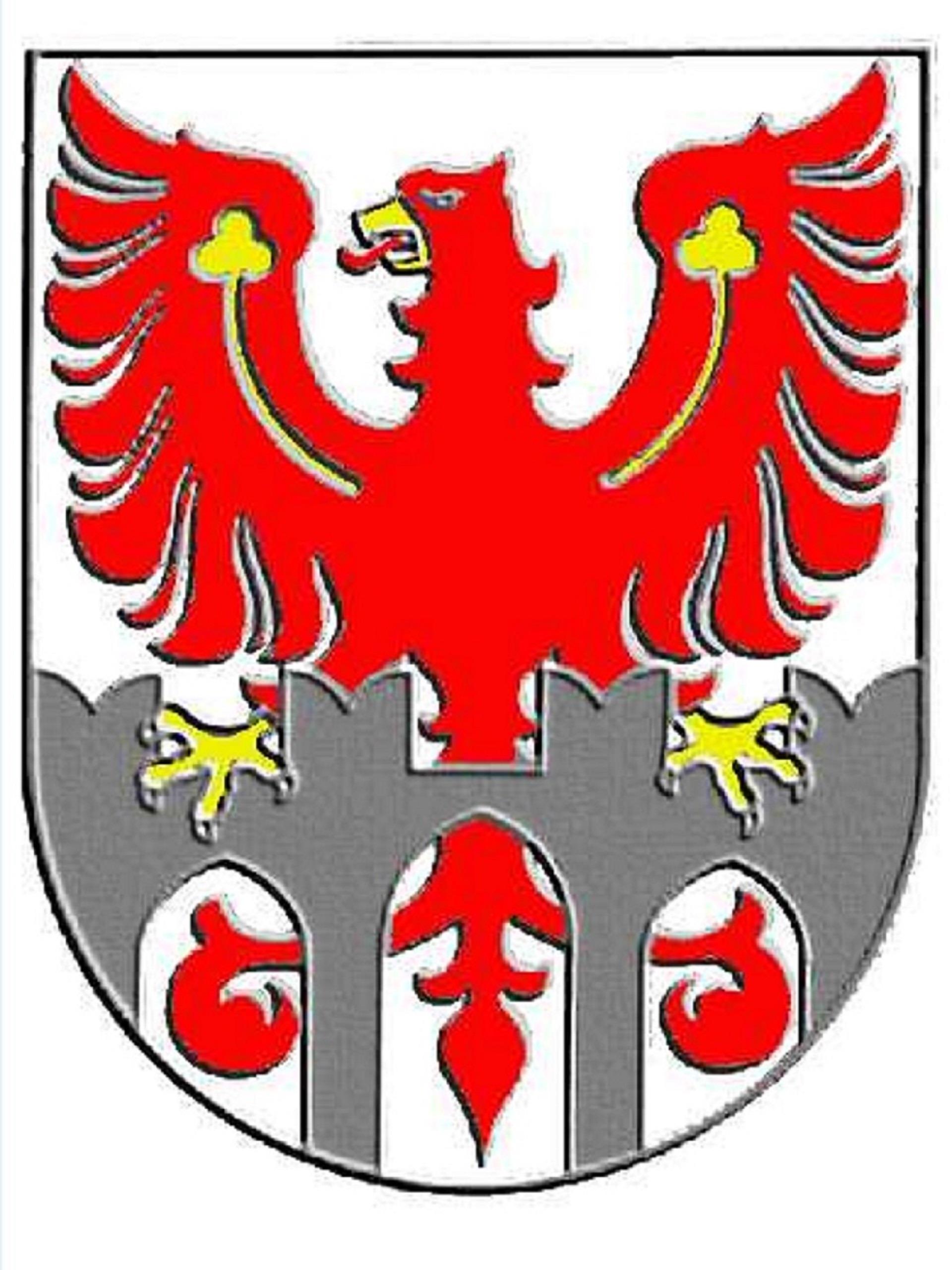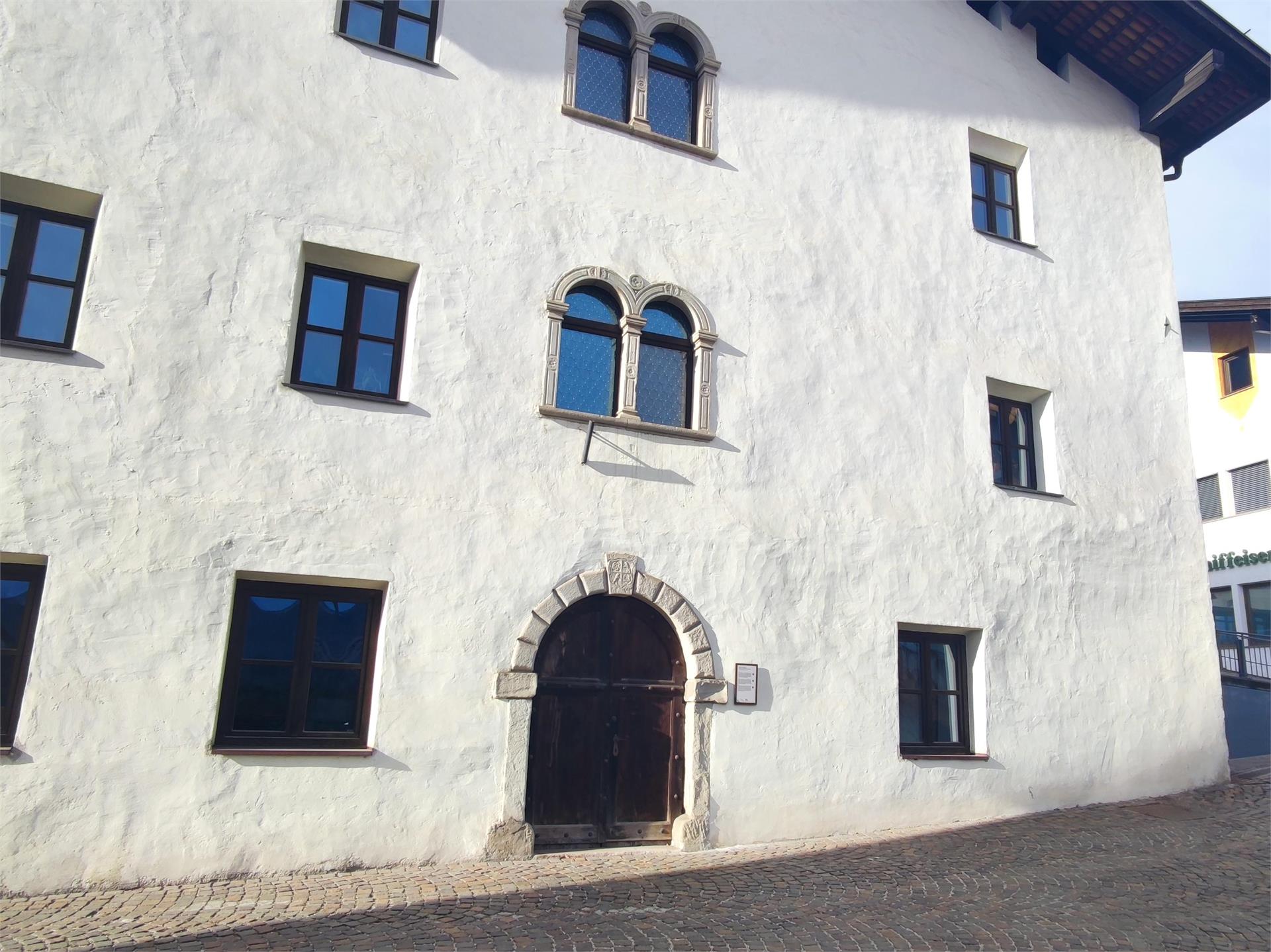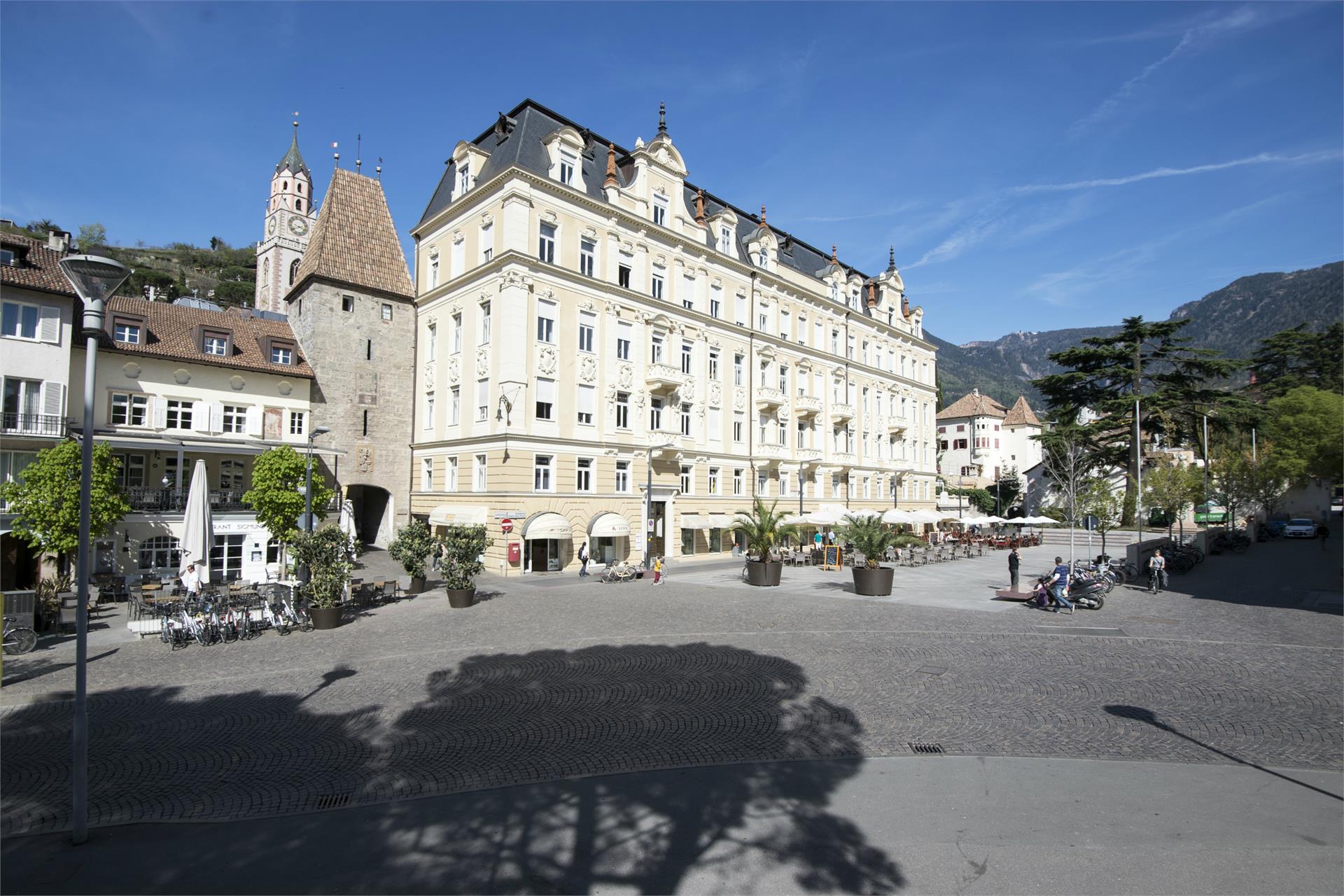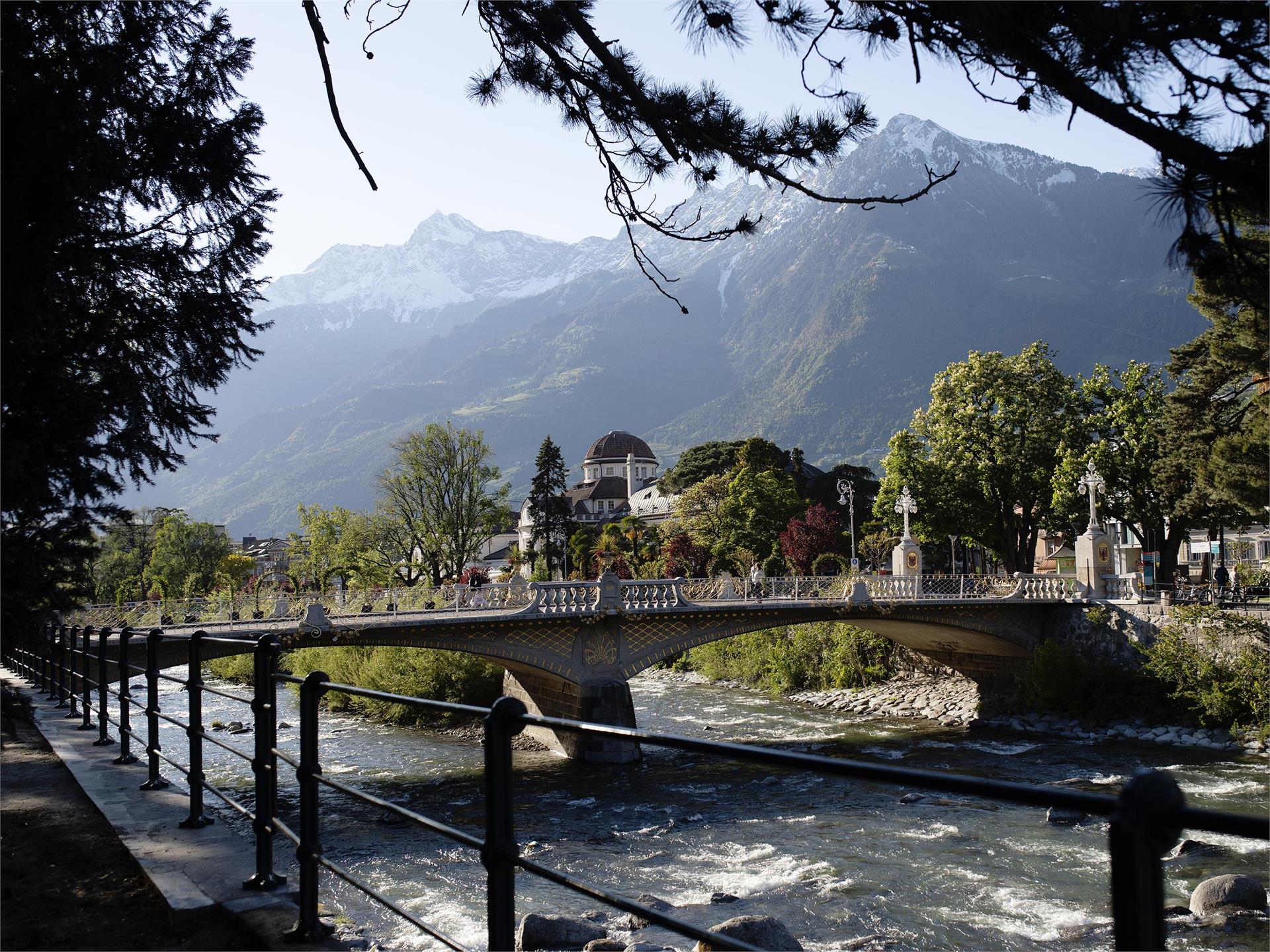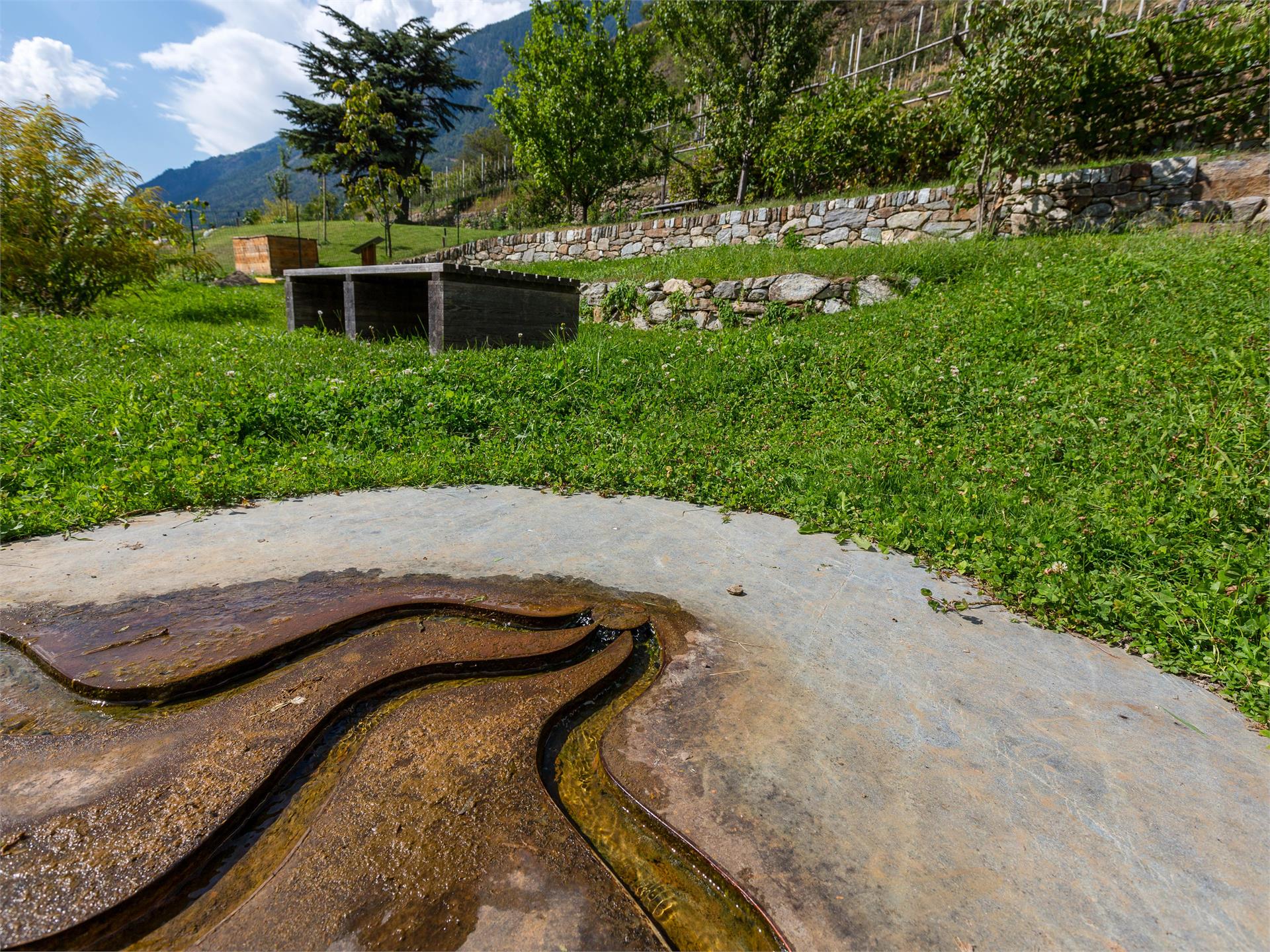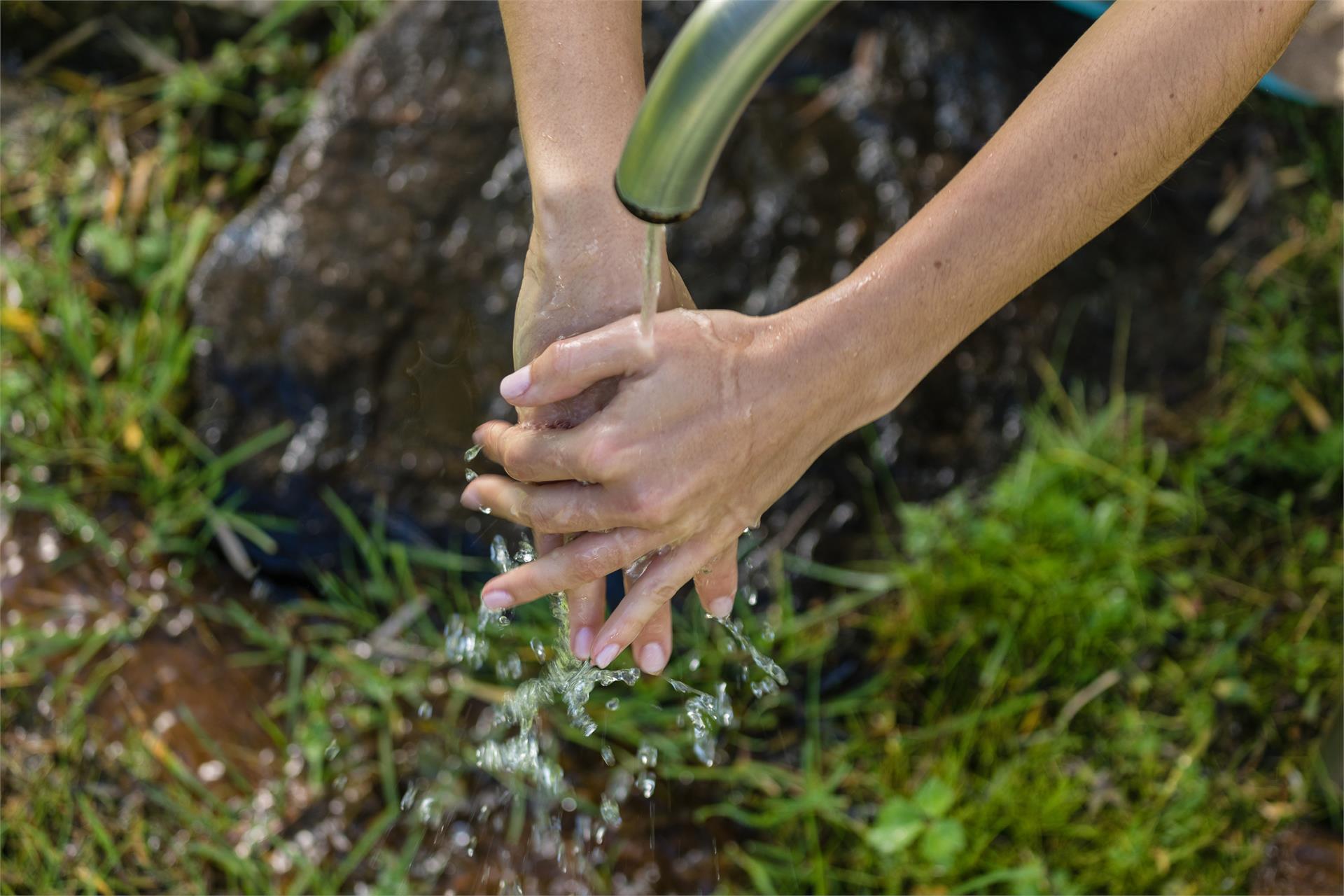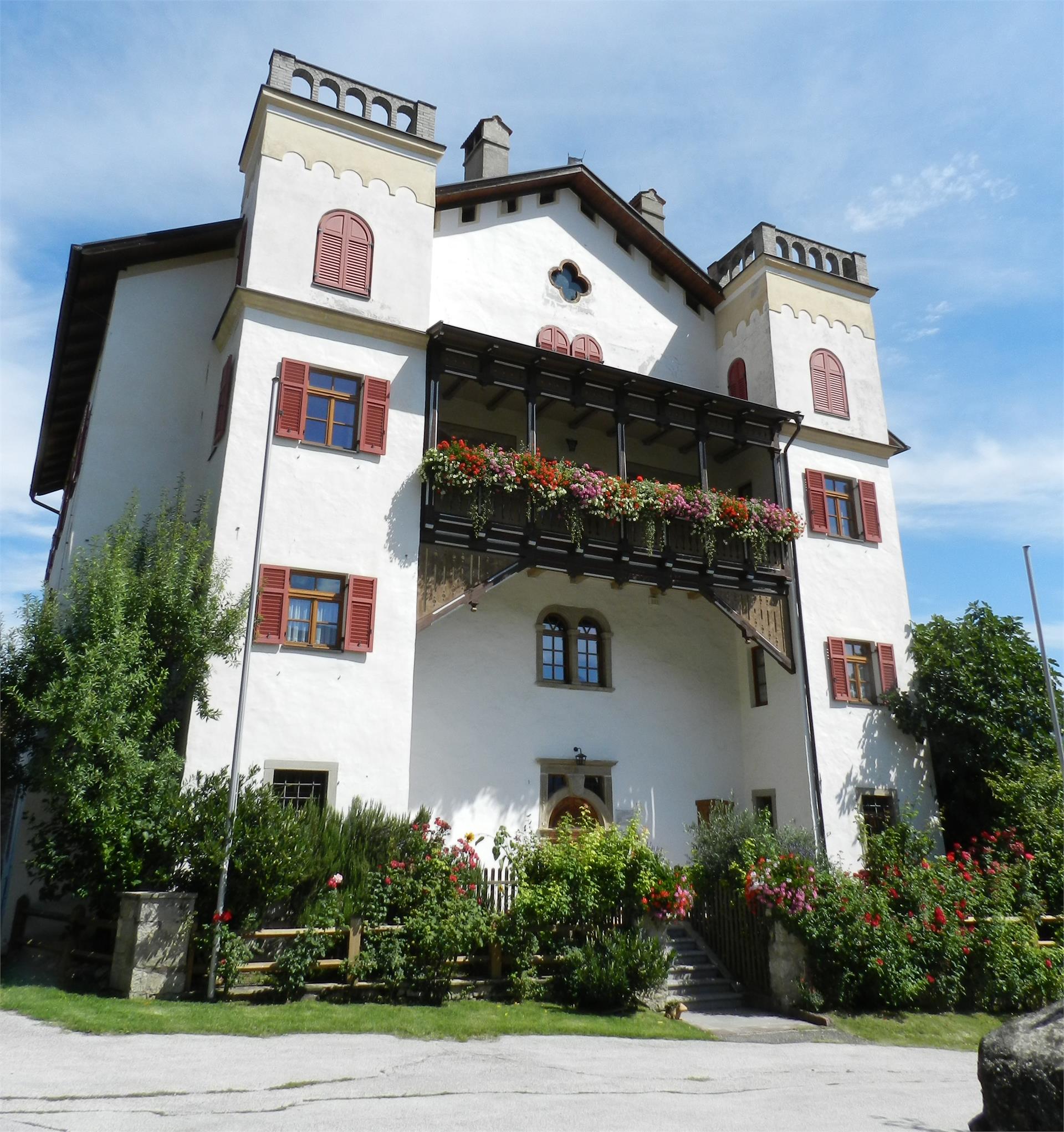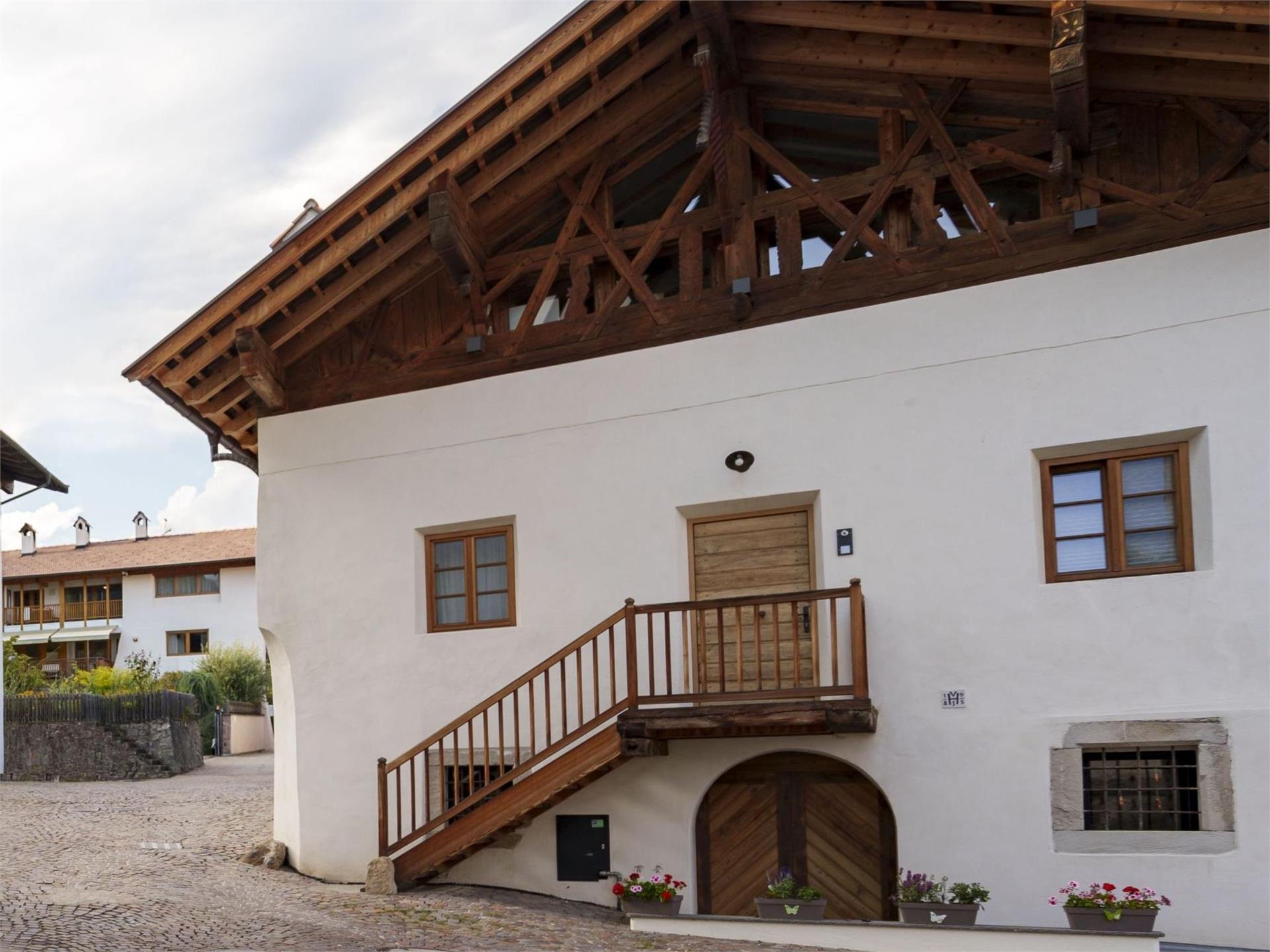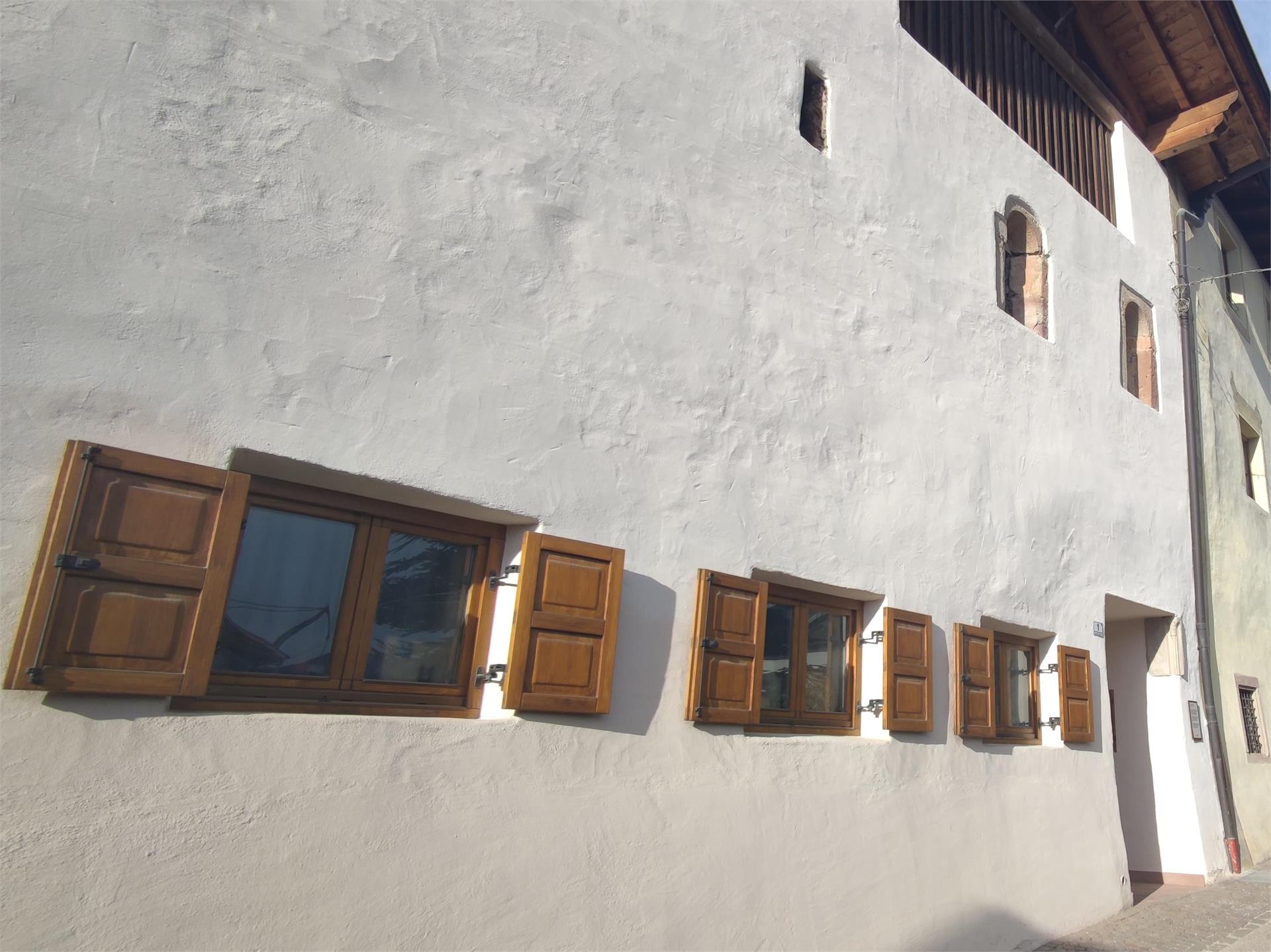Tyrol Castle is the most historically significant castle in South Tyrol. Its origins stretch back into the late 11th century.
Since 2003 Tyrol Castle has housed the South Tyrolean Museum of History. Its main focus is the history of the province from its beginnings to modern times.
The oldest structural elements can be found in church excavations in the outer bailey (three building phases, three-apse chamber from the 9th century). The south palace contains the two Romanesque portals. The two-storey castle chapel is dedicated to St. Pancras and is famous for its gothic frescoes. What is believed to be the wedding chamber of Countess Margarethe of Tyrol, known as Maultasch (literally “bag mouth”), is situated in the Mushaus. The keep, which was only completed after 1902, now houses an exhibition of the history of the 20th century depicted over twenty separate levels. The historic estate buildings house special exhibitions.
Het merendeel bevindt zich rondom Bolzano/Bozen. In dit gebied vallen meteen de architectonische hoogstandjes op tussen alle landgoederen en kasteelachtige gebouwen uit de moderne tijd, bestaande uit een herenhuis en gebouwen voor het werk op het land. Deze zogenaamde 'Uberetscher'-stijl vormt een combinatie van Scandinavische gotiek met torentjes en andere elementen uit de Italiaanse renaissance. Interessant ook is dat deze stijl vooral voorkomt in het gebied tussen Bolzano en Kaltern an der Weinstraße/Caldaro sulla Strada del Vino.












